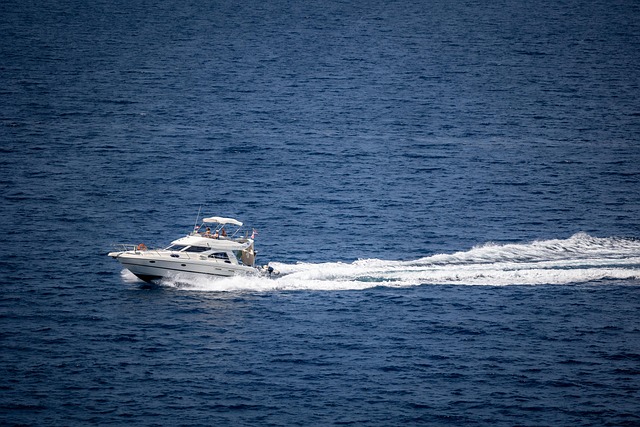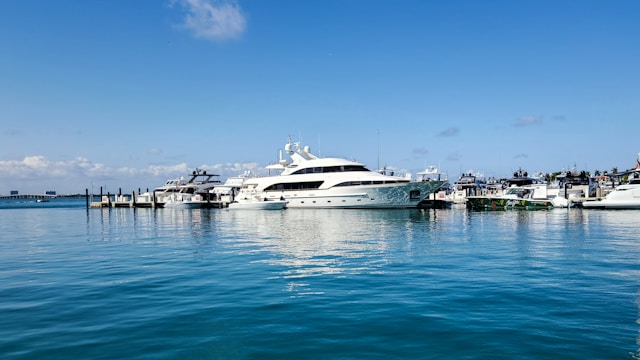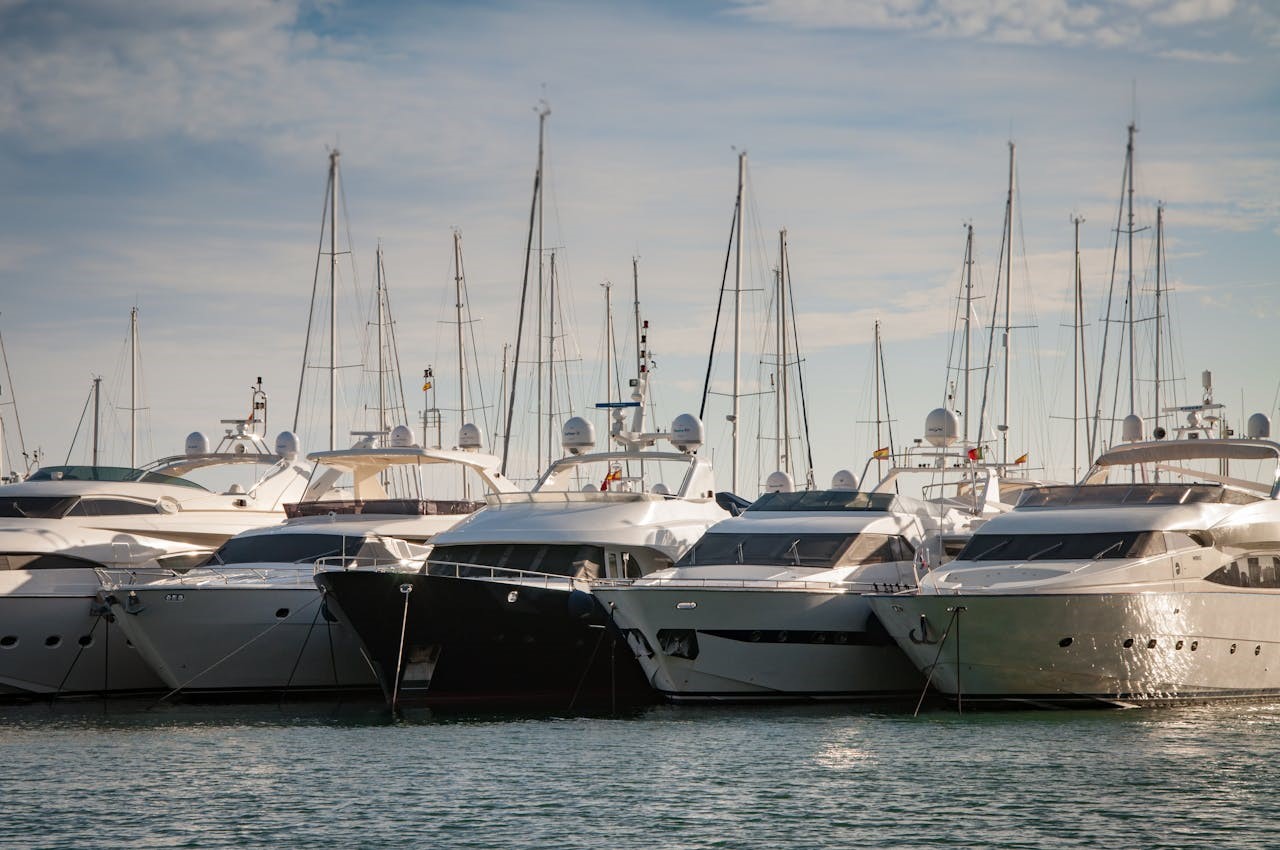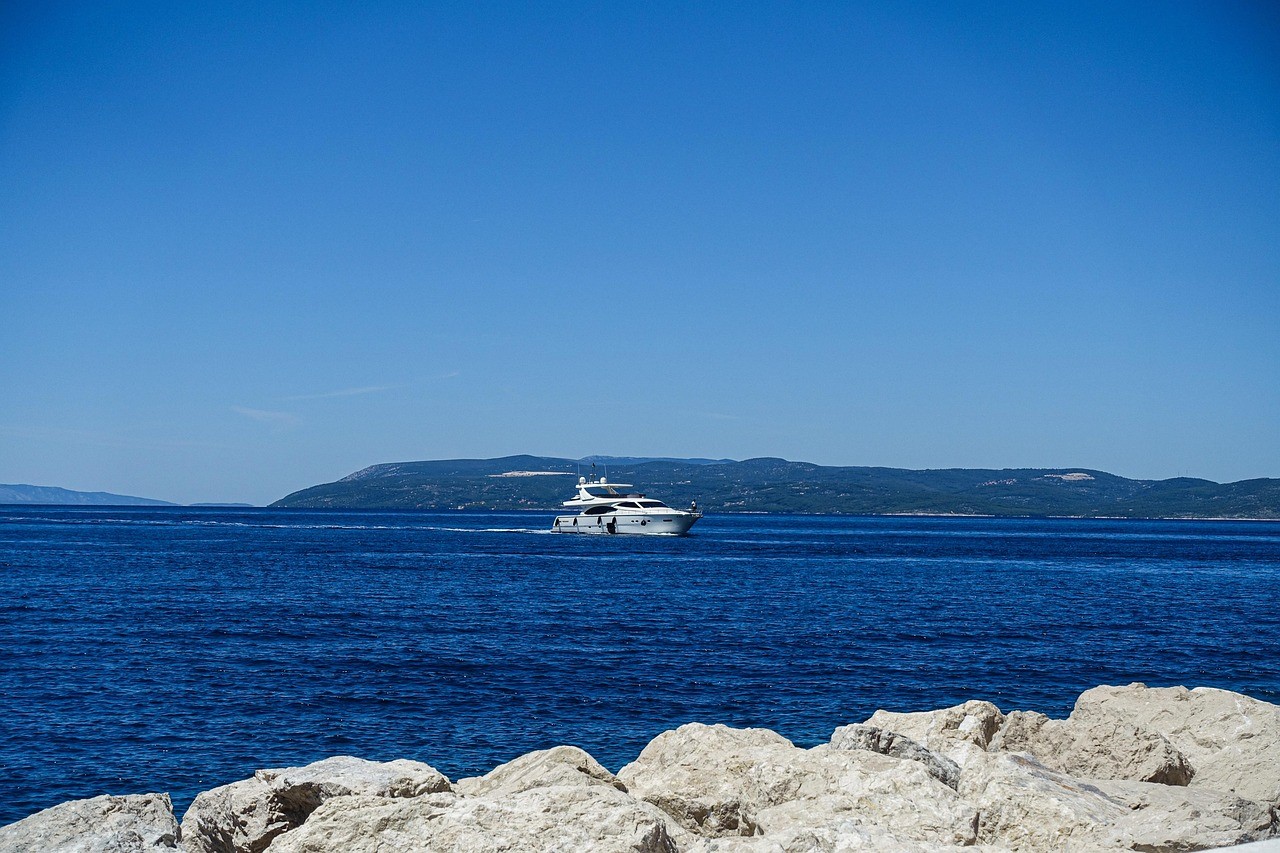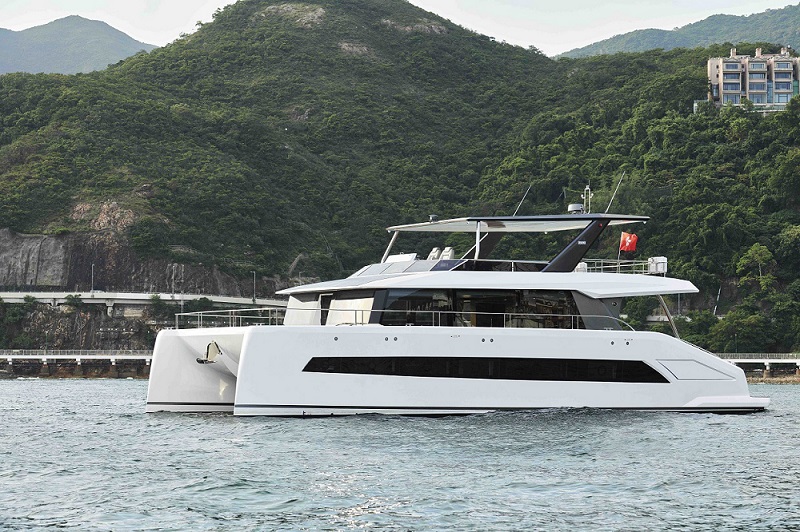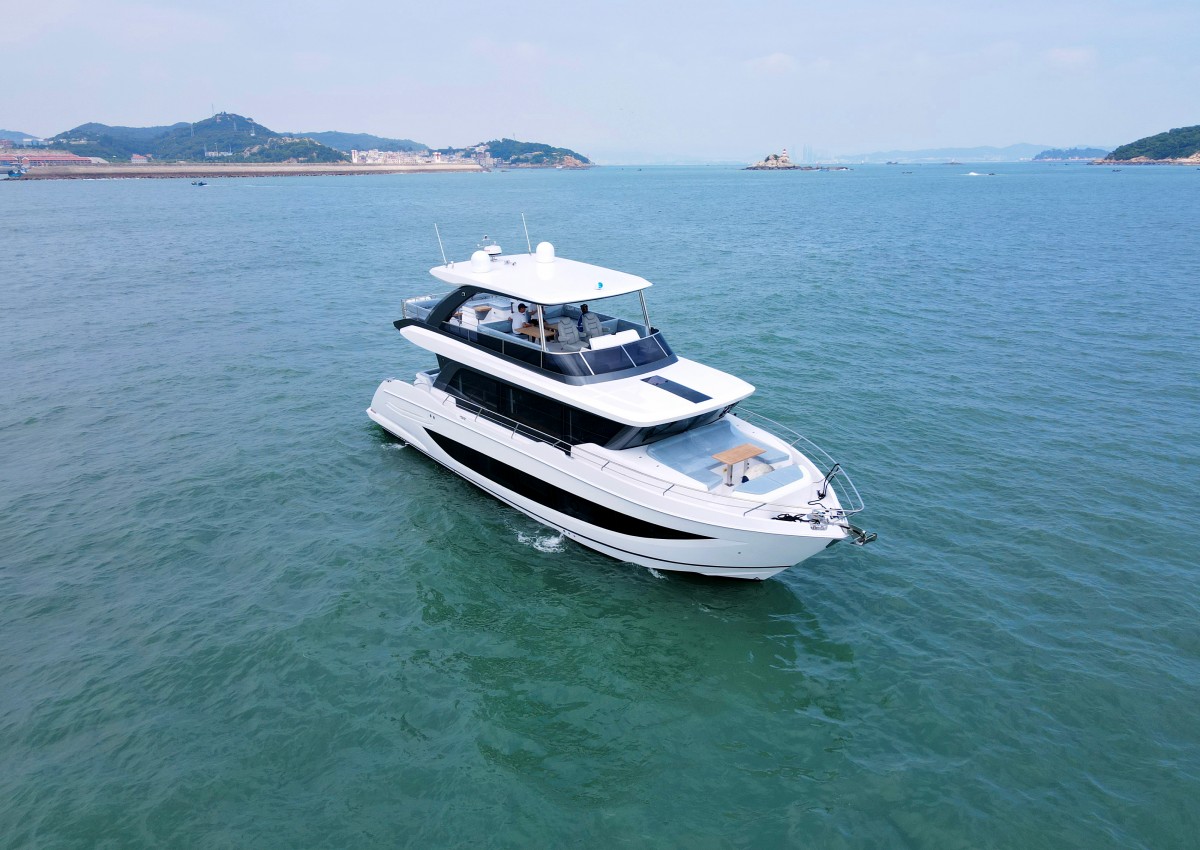Fuel is critical when a yacht is at sea. Whether it's a short or long trip, knowing your yacht's fuel capacity and fuel consumption can make your journey much smoother. Yachts of different sizes, types and engines differ in terms of fuel capacity and fuel consumption. This article will take you through and understand this information to help you prepare for every yacht trip.

How much fuel can a yacht hold?
How much fuel a yacht can hold depends on the size, purpose and hull design of the yacht. Knowing the fuel capacity of your yacht will ensure that you have plenty of fuel to get to your destination safely. Here are the different types of yacht fuel capacities:
Small yachts
Small yachts generally have a fuel capacity of between 200 and 1,000 gallons and are mostly used for weekend getaways or coastal cruising. These yachts are designed primarily for short voyages or day cruises, and they have the fuel tank capacity to meet these requirements. For example, a small 35-foot yacht, which has a fuel tank capacity of roughly 300 gallons, is a yacht that can be at sea for a few days at moderate speeds and will not need to be refueled as often.
Superyachts and Mega Yachts
Medium and large sized yachts are bigger in size, which also means they have a larger fuel tank capacity. Superyachts and Mega yachts are built for long-distance sailing and long-distance cruising, and these yachts have a fuel tank capacity of roughly 10,000 to 50,000 gallons. For example, a 120-foot yacht with a fuel tank capacity of 15,000 gallons can sail long distances without needing to refuel. A 200-foot superyacht has a fuel tank capacity of 50,000 gallons, which allows it to make trans-oceanic voyages with ease.
How much fuel does a yacht consume?
The amount of fuel a yacht consumes is determined by several factors. The larger the size of the yacht, the faster it will cruise and the more fuel it will consume. Below is a calculation of yacht fuel consumption based on yacht size:
Small Yachts
Small yachts measure around 40 feet. Typically, such yachts consume about 15 to 20 liters of fuel per hour at a cruising speed of 20 to 30 knots. A 30-foot yacht, for example, consumes a fuel capacity of 15 liters per hour when it is cruising at 20 knots, but if the speed reaches 25 knots, the fuel consumed increases and may reach 40 or 50 liters per hour. The exact amount of fuel consumed depends on engine efficiency, hull design and the weight carried by the yacht.
Medium yachts
Medium-sized yachts are yachts that measure between 40 and 60 feet. Typically, these yachts consume about 100 to 150 liters of fuel per hour at a cruising speed of 20 knots. A 50-foot motor yacht with twin engines, for example, may consume 120 liters of fuel per hour at a cruising speed of 20 knots, and 200 liters or more per hour when throttled up to 30 knots.
Large Yachts
Large yachts are usually over 60 feet in size, and these may require more fuel to be consumed. For example, a 70-foot yacht will need to consume around 200 to 400 liters of fuel per hour. For some yachts up to 200 feet in size, they may consume up to 900 liters of fuel per hour at a cruising speed of 20 to 30 knots, depending on the cruising speed and sea conditions.
Calculating Yacht Fuel Consumption
To calculate the fuel consumption of a yacht, you first need to look at the hourly fuel consumption rate of the yacht's engine and multiply the rate by the number of hours the engine is running. For example, if you are planning a 10-hour voyage, and if the hourly fuel consumption is 100 liters, multiply 100 liters by 10 hours to arrive at 1,000 liters of fuel needed. To ensure a safe voyage, you will need to factor in an additional 10-20% fuel for sudden changes in weather, temporary changes in route, or unexpected emergencies, etc.
Tips to Reduce Yacht Fuel Consumption
If you want your yacht to use less fuel while underway, consider these tips for reducing yacht fuel consumption:
1. Every yacht has a speed range that is the most fuel efficient, generally around 70%-80% of the maximum engine speed. Avoid pushing the throttle to the maximum when sailing, as this will increase fuel consumption dramatically even if the speed is increased.
2. Regularly clean the barnacles, algae and other marine organisms attached to the hull, because a clean hull can reduce a lot of resistance and improve fuel efficiency, generally by 15%-20%, which can reduce the yacht's fuel consumption.
3. Reduce the weight of the yacht by taking only essential items with you when sailing, as reducing weight can increase fuel efficiency by 5-10%.
4. Regularly maintain your yacht's engine, including changing oil, replacing filters, cleaning injectors, etc., which can increase fuel efficiency by 10-15%.
5. Use navigation tools to rationally plan sailing routes and avoid headwinds, currents and rough seas, as these conditions can lead to increased consumption.
6. If the yacht is equipped with an older engine, consider upgrading to a newer, more fuel-efficient model. Newer engines perform better and consume less fuel, saving up to 30% on fuel costs.







 Leave the comment
Leave the comment
